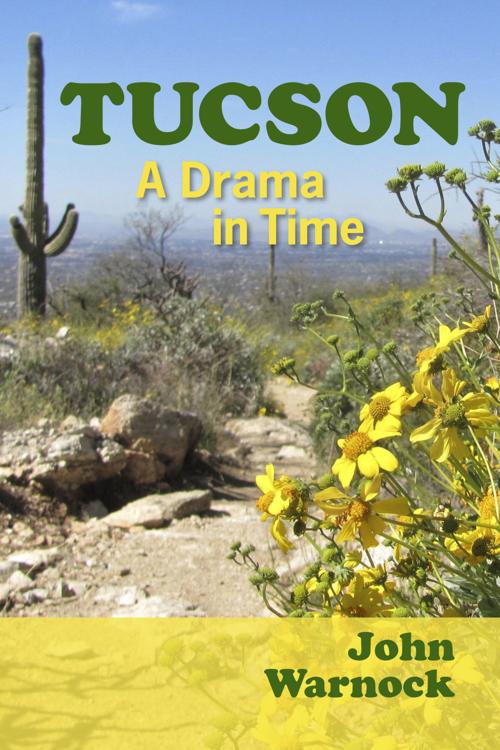A city directory is an excellent snapshot of the daily life of a city like Tucson.
Every address is listed and tells the name of the resident or business at that address. The homeowners and businesses are also listed alphabetically and businesses are again listed by type.
So what did the 1900 city directory say about Tucson?
According to “Tucson: A Drama in Time,” by John P. Warnock:
1900
The city directory for 1899-1900 is published by Chas. T. Connell.
The introduction notes that Tucson is “perhaps the oldest place in the United States settled by Europeans or their descendants.”
This, of course, was not the case. The Spanish had founded St. Augustine, Florida in 1566 and Santa Fe in 1610.
It goes on to say, “The wealth of Tucson represents the steady accumulation of the merchants, mechanics, and shopmen. No outside capital has ever been loaned here for any kind of improvements. No one brought any money when they came to Tucson; what they have now was made in Tucson.”
Fort Lowell and the railroad are not mentioned.
The introduction notes that there are churches in Tucson for Catholics, Methodists, Episcopalians, Congregationalists, Presbyterians, and Baptists, with Catholics and Methodists the most numerous.
Twenty “Fraternal Organizations” are listed, including three for women.
Small businesses in Tucson, according to the directory, included: four providers of liquor and beer, a number of saloons, two banks, two ice companies, three hardware stores, a shoe store (Harry Drachman), a jeweler, an assayer, a painter and paper hanger, nine lawyers, six physicians, two druggists, two meat markets, two purveyors of guns (one also sells bicycles), several barbers, a livery stable, an ice cream store.
A roadhouse and machine shop for the Southern Pacific Railroad were also located in Tucson.
Restaurants include the Maisson [sic] d’Or, the Poodle Dog Café, the Oriental Restaurant and Saloon, and Won Tai’s Celestial Restaurant.
At least until World War I, cooking is done on wood or charcoal fires, with the wagonloads of wood being brought in by Papagos.
Tucson is still its original 2 square miles, patented in 1874, with a population now of 7,531 (city directory claims 10,000), not much increase from 1880, but a good recovery from the 5,000 of 1890.
Mexicans are still a majority, barely, at 4,122 or 54.7% — down from 4,469 in 1880 because of less immigration from Mexico.
This is the last decade in which there is a Mexican majority in Tucson.
African-Americans are numbered at 86.
Farming, ranching and, to a lesser degree, mining are the major economic activities and users of water. There is no agriculture yet in the lower Santa Cruz River Basin, but with the introduction of pump irrigation this is soon to change.
Tucson now has water, sewer, gas, electric light, telephone and telegraph services (no electric street cars yet).
The city directory claims 1,898 students in schools (an increase of 533 since 1890). Private schools listed are the Indian School supported by the Presbyterian Board of Home Missions, St. Joseph’s Academy for Girls, and the Orphans Home run by the Sisters of St. Joseph.
In Tucson’s public schools, both sexes have been in the same classroom since 1883 and this has become accepted practice.
“Tucson: A Drama in Time” is scheduled for publication in October by Wheatmark. The Star is publishing excerpts on the fourth Monday of each month.





